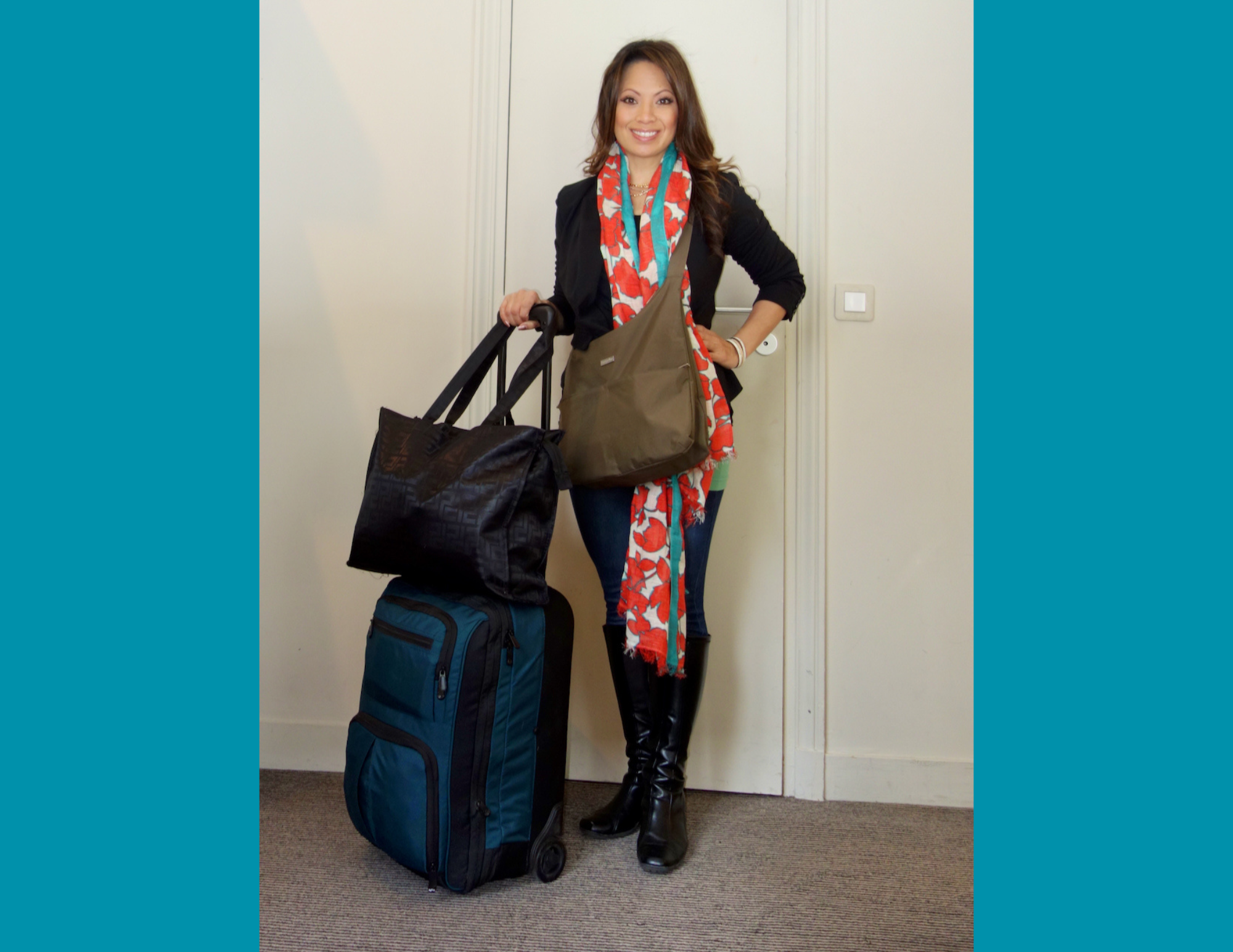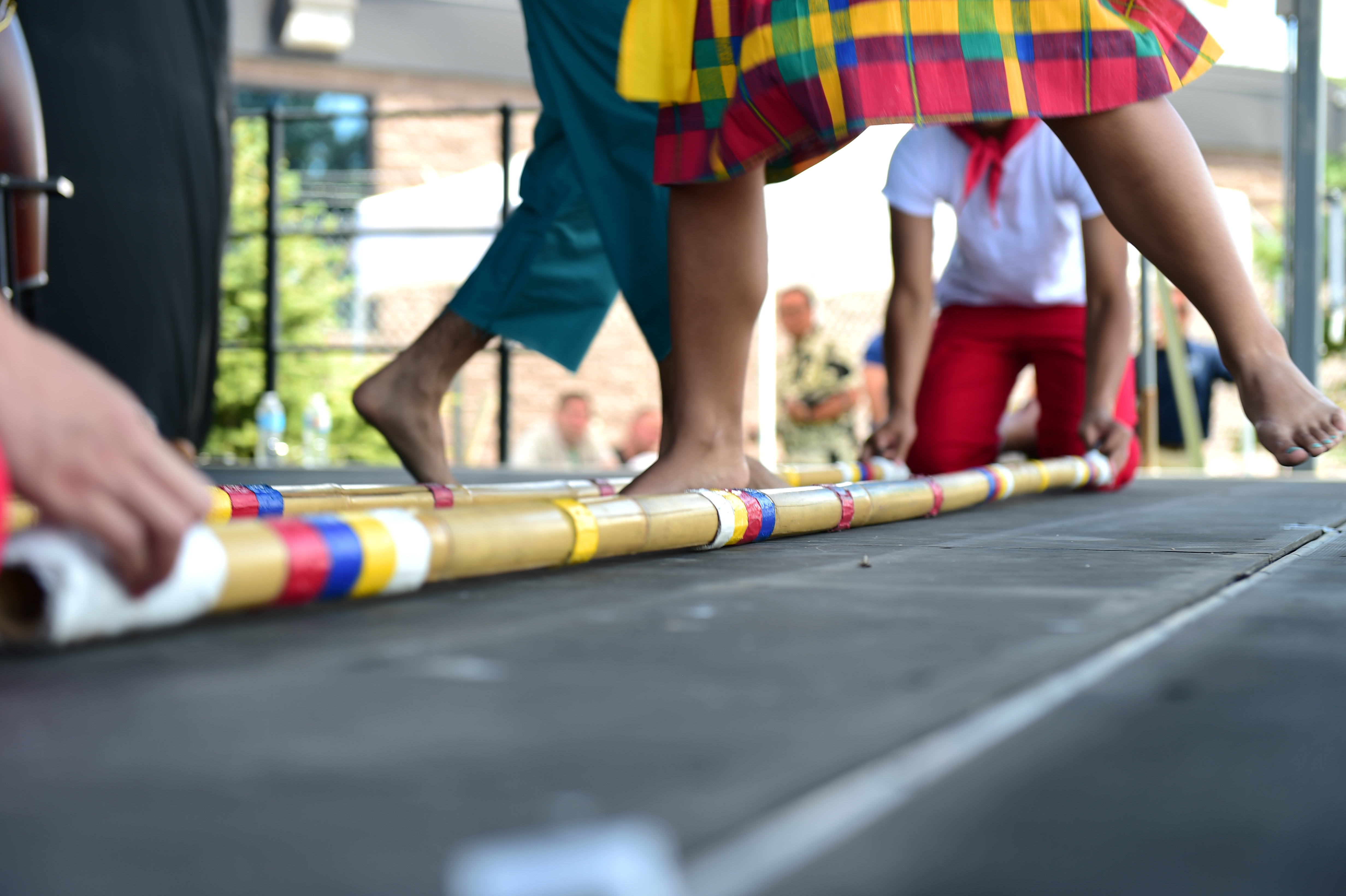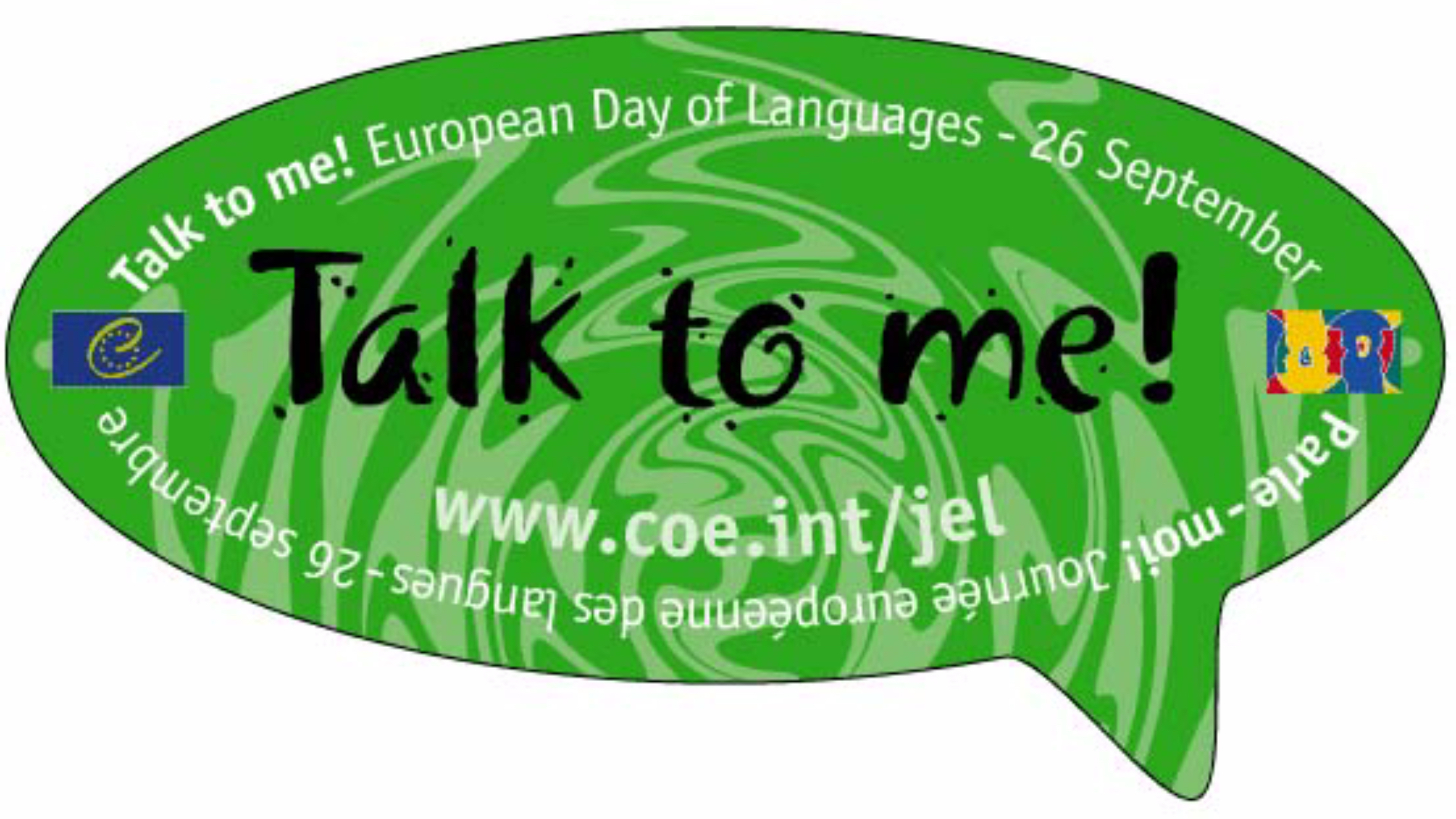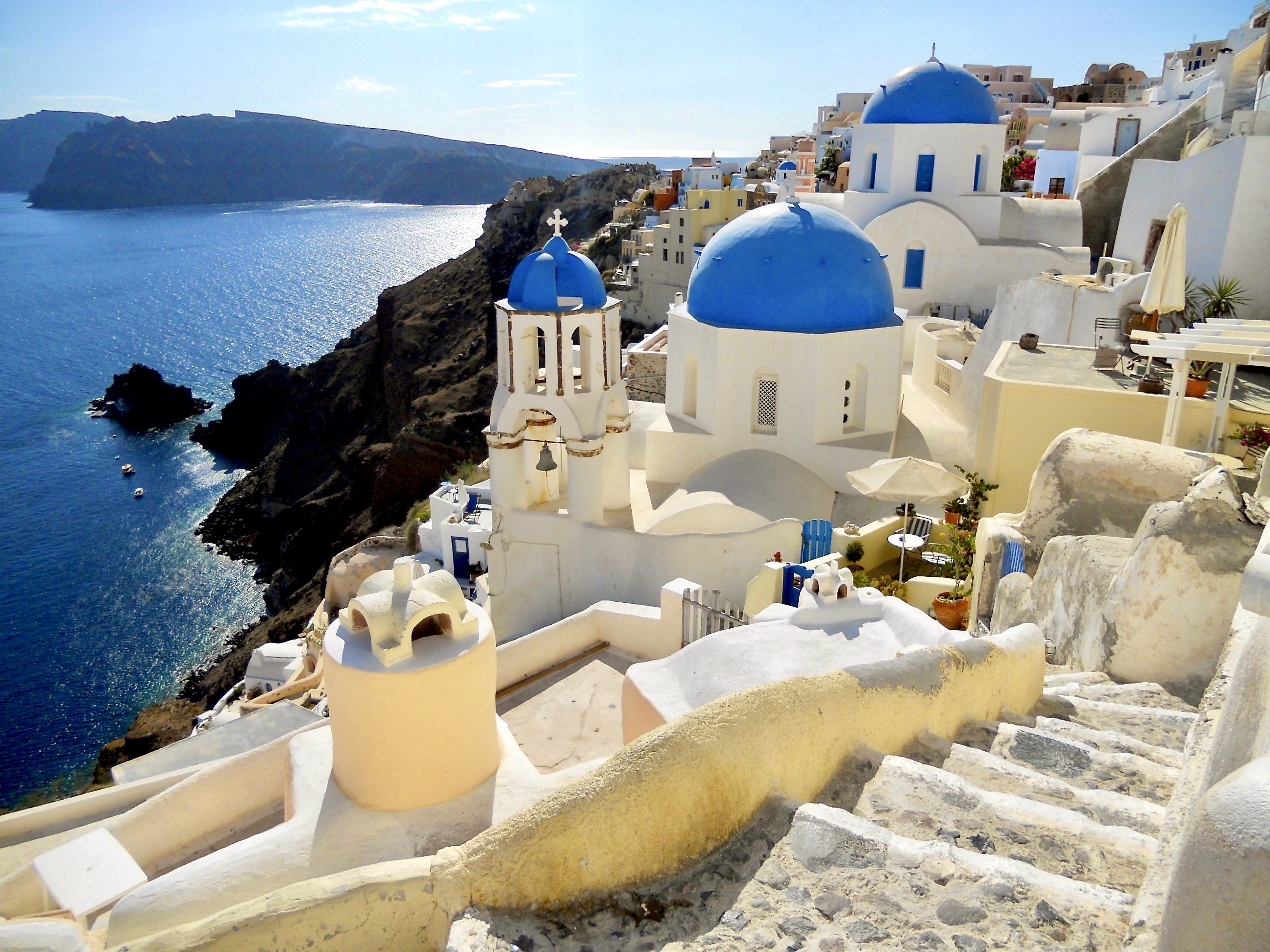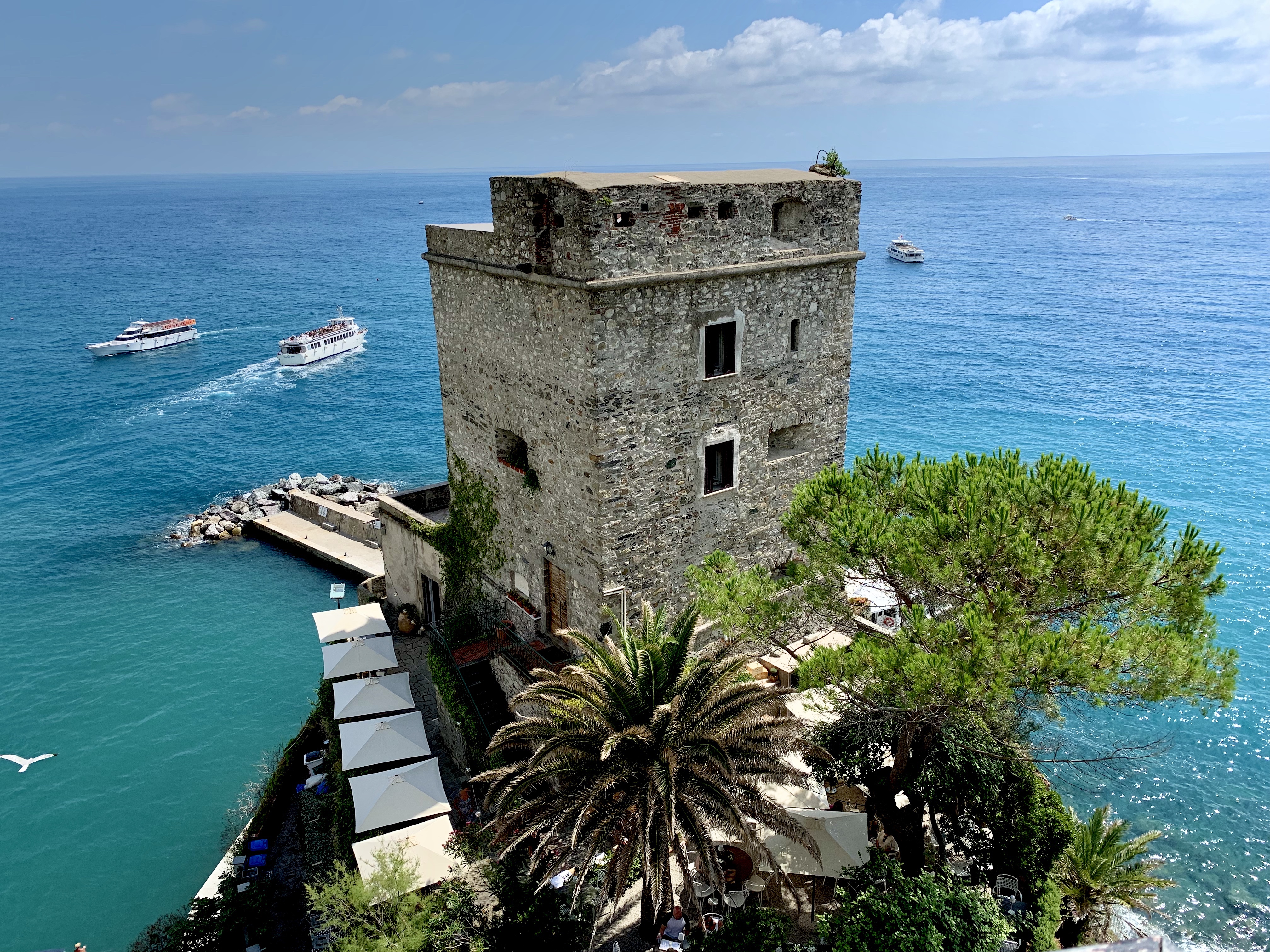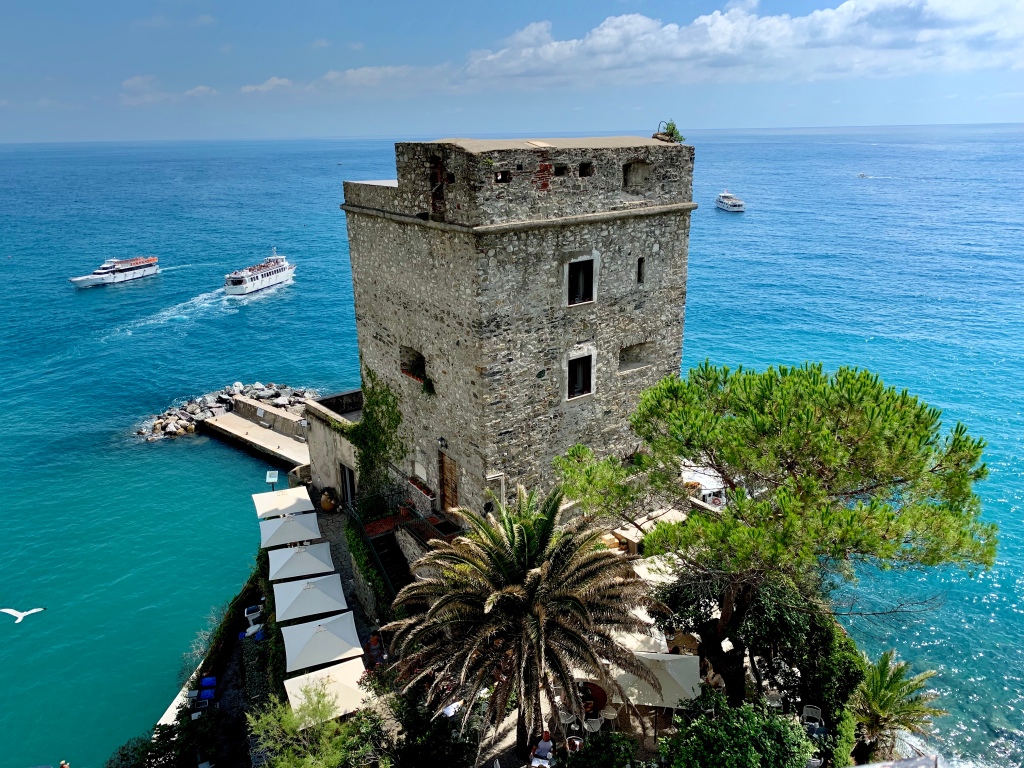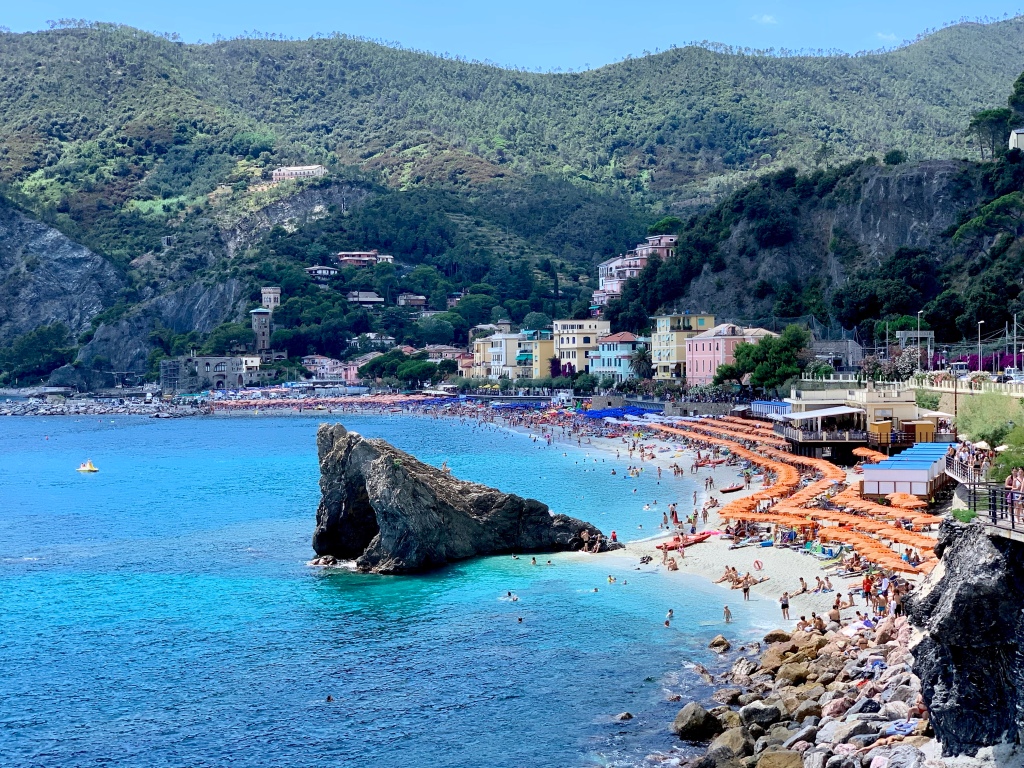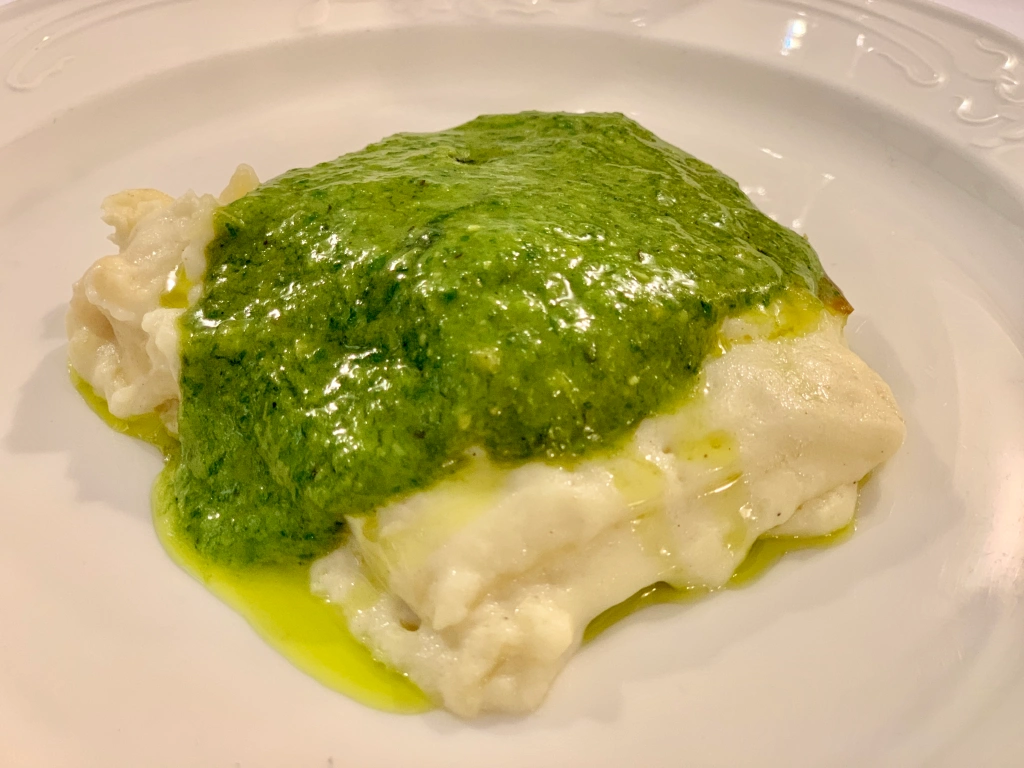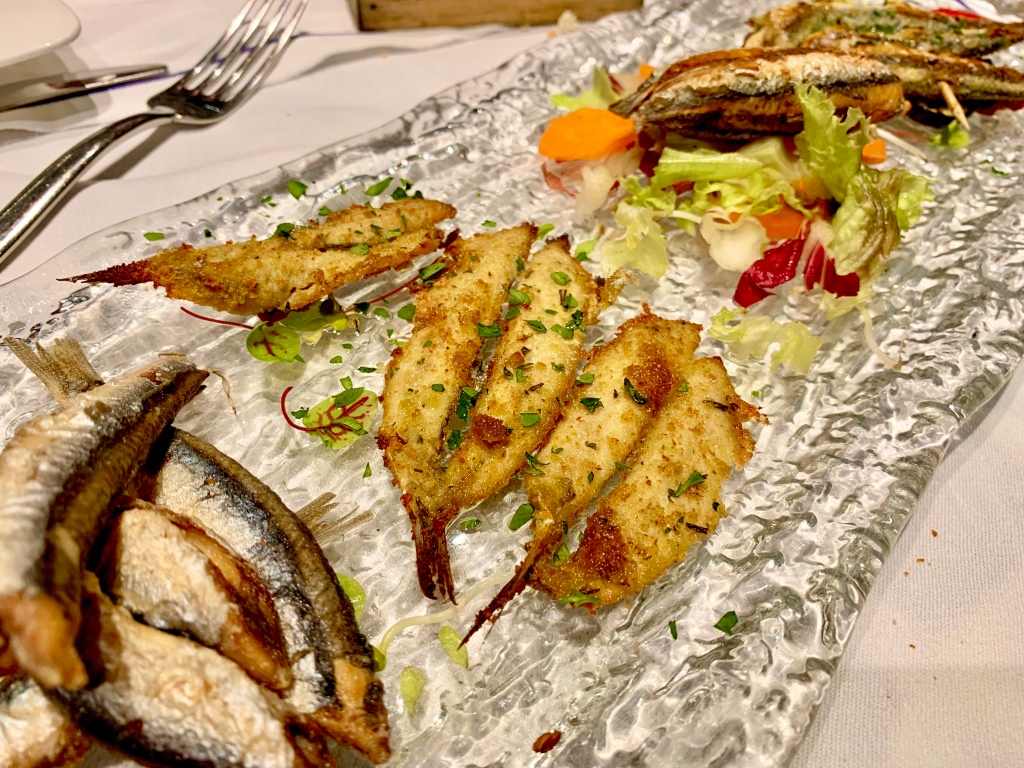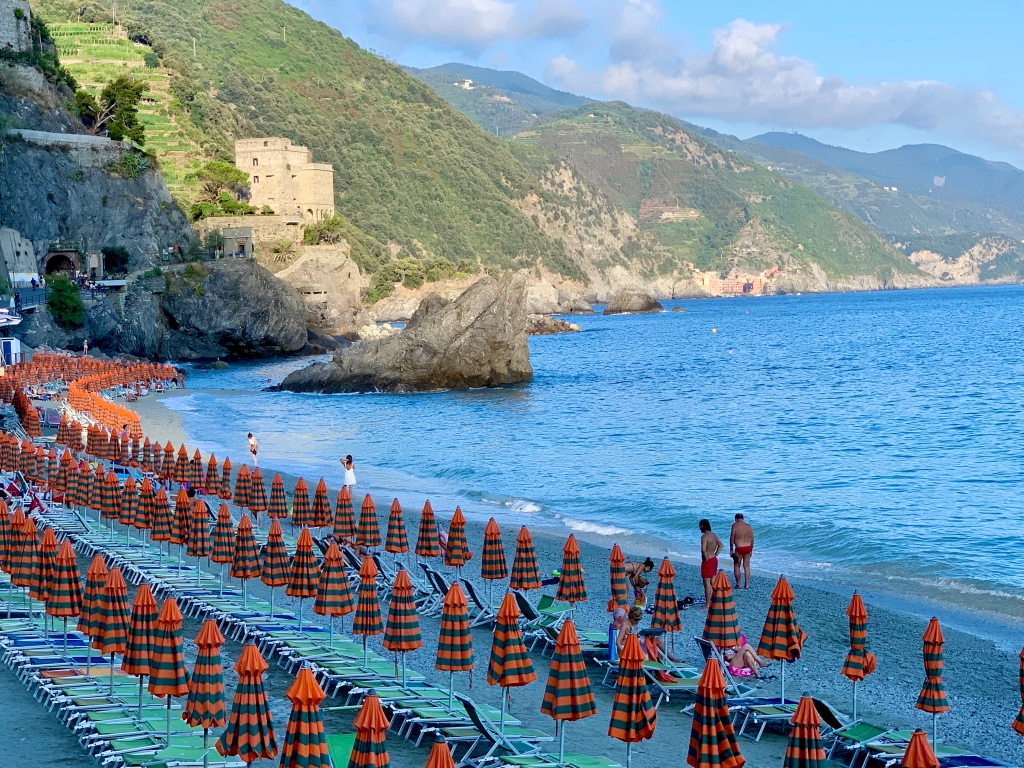
When I was in my teens, I couldn’t be bothered to get up early enough to walk the .70 miles from our front door to the campus of Mt. Carmel High School. Lazy, self-absorbed, perpetual hitter of the snooze button—I made my dad drive me to school. I practically forced him to get up earlier than he would normally need to in order to suit my personal convenience of sleeping in longer than I should while still not being late for school.
If I was behind schedule, I bristled at his gentle encouragement to hurry up so I wouldn’t get a tardy slip. If I was ready earlier than normal, I dramatically rolled my feisty brown eyes and let out an exasperated “Ugggggh, let’s goooooo!” if he wasn’t already in the car at my whiny beck and call. Despite his quick temper (a trait I was convinced I had inherited from both him and my mom—double whammy), I don’t recall him ever complaining about it. Not once.
On one particular day, I was at my angsty finest—so agitated by the world and anyone in it. In the short ride to school, Dad tried to calm me down or figure out what was wrong or show me how much he cared or something utterly annoying like that. All I heard was gibberish. Glaring at him with daggers in my eyes, I hurled my weaponized words and said, “I don’t even know what you’re saying! You’re not even making sense!” I grabbed my backpack, muttered an irritated “‘bye,” slammed the car door shut, and stomped off to class.
That afternoon, I found out my dad was in the hospital because he had suffered a massive stroke. In an instant, my world was shattered…and I hated myself to the core for what I had said and done to my father.
I can’t remember how long he was in the hospital or how long it took him to regain his strength, his speech, or other abilities that might have been diminished. It’s all a blur.
What I do remember is that he changed dramatically. His doctors had told him that his diet, his blood pressure, and even his temperament had contributed to the stroke and that he was at risk for it happening again unless he changed his behaviors. They told him he could have died if it had taken even a few minutes longer for my dad’s colleagues to recognize his symptoms—a droopiness in his face…and slurred speech.
My dad made the active choice to develop more patience and gentleness, to value not only his life but all that life and the world have to offer.
Always passionate about gardening, he poured his energies into tending to the beautiful, colorful bursts of life that populated every meter of our expansive backyard—nourishing all the plants with tender and loving care so that they, in turn, could provide nourishment for the birds, bees, butterflies, rabbits, and insects that depended on them. It was a form of meditation for him. The more energy he spent in his garden paradise, the more calories he burned, the more weight he lost, the calmer he remained and the healthier he became.

I recall one time after his stroke, he asked me to come outside. He showed me the sprinkler arching its slender fan of water from left to right. I wasn’t sure why he wanted me to look at it until he motioned for me to stand precisely where he was standing. From that spot, it was evident—with the help of the water spray and the sun shining at such an angle—we were being treated to a spectacular show designed and presented by nature, a dance of misty rainbows.
He took that moment to remind me that beauty and miracles are everywhere…but sometimes you just have to change your perspective so you can know where to look.

As a choir conductor for our church, I’m told that my dad changed his approach to teaching the choir members (all of whom I still call my aunties and uncles) to improve their skills. Many of my aunties and uncles have recounted to me over the years how much kinder, gentler, more supportive and encouraging he became after the stroke. He showed a new kind of belief in them, and they were inspired to work harder—not only for themselves but out of a deepened respect for him.
His relationship with my mom evolved. They became noticeably more loving and affectionate with one another. They spent more time together. They laughed so much more than before. They profoundly cherished and wholeheartedly honored each other, and it showed.

A lifelong Catholic, my dad became more spiritual. Over the years, he read countless books that some might find too New Age-y, too woo-woo, too out there. He found grains of human truth that he tried to apply to his life and share with others. He would talk about learning to become a “warrior” instead of being a “worrier.” He encouraged me to think and feel like an empty balloon—full of potential to expand, to grow to capacity, and able to soar—but not if I was filled with my own hot air.
He said:
Imagine a board covered with air-inflated balloons at a carnival. Which ones would be easy to hit and puncture? The bigger the target (ego), the easier to burst. Always remember, Patricia: yes, you are unique and special, and I love you for all that you are. But don’t act self-important.
After reading Conversations with God by Neale Donald Walsch, one of his favorite sayings became “Become the grandest version of the greatest vision you have of yourself.” My dad now more easily saw the potential in people rather than their failings. He had a way of inspiring others to become the better version of themselves because he already saw them that way.
Throughout my later teens, early adulthood, and until my early 40s, my dad continued to actively shape my way of thinking and my way of looking at the world with his words of wisdom. More than that, he listened and tried to understand where I was coming from, why I thought and felt the way I did. With pride and encouragement, he celebrated my triumphs as a teacher and coach. With compassion, he comforted me and reminded me of my self-worth when my first marriage came to an end. When I changed careers to become a tour guide/guidebook researcher and when I started writing about my own travels, he was one of my greatest cheerleaders, reading every article and guidebook entry I ever wrote, and telling me (and all his friends) how proud he was of me.
Then several years ago, my dad fell prey to mental health issues. To this day, my heart cringes when I think of the anguish he was suffering—pain that my mom and I couldn’t see or imagine, pain so deep and so dark that he tried to take his own life. It was the one time that I was thankful my dad failed at something he attempted.
This man did not often know failure in his life. He was one of nine children, but his own father passed away when my dad was 9 years old. He grew up in relative poverty in the Philippines in a loving, supportive family, nurtured by a hard-working matriarch. As a child, he designed and created his own innovative toys made from used aluminum cans, sticks, and different parts of palm trees because he and his friends couldn’t afford to buy any. His older sister, the sibling to whom he was closest, insisted that he do well in school so he could be successful later in life. She told him to study science in college, and as an attorney, she was able to afford my dad’s tuition.
He used to perform with a traditional Filipino folk culture group as a dancer. He taught himself piano and guitar and led numerous choirs, beginning in his 20s. At some point, he learned how to blow glass and created dozens and dozens of glass swans as gifts for the guests at my parents’ wedding reception (a fact that I only learned a couple of years ago).
He’s ambidextrous, handy, artistic, and inventive. He solo-built gorgeous wood decks at our first house and at the one where I spent the vast majority of my youth, not to mention some of the cabinetry and shelving he designed and built to decorate the interior. He designed and painted a simple but bold mural in my bedroom. He was able to draw beautiful birds and flowers, some of which I saw in love letters he wrote to my mom when he was courting her (I found a box of them in 2012).

Before he was married, my dad came to the US in the 1960s to work as a chemist—first at Scripps Research Institute in La Jolla, then at the University of California, San Diego (my mom ended up working there with him for awhile), and then back to SRI as an immunologist tech. His lab worked on brain tissue factor (I still don’t know what that is despite his numerous explanations) and things dealing with cancer. He’s listed and thanked in numerous scientific journals for his contributions to various studies.

He pioneered a process to sequence amino acids at a more accurate and faster rate than other techniques of the time, saving valuable research time, energy, and money for his colleagues and superiors, and also paving the way for more discoveries in his field. It was a technique that he freely taught to an international array of visiting technicians and post-docs.
One Japanese post-doc was so thankful to my dad for all that he taught her, she gifted him with a beautiful potted cluster of purple oxalis-triangularis, or purple shamrocks, that look like floating butterflies. When he told me the story about how and why he had these gorgeous specimens at the house, I planted three pots full of the robust and resilient bulbs. I think of my dad every time I see them in my kitchen.

Following the attempt, my dad continued to struggle with mental health issues for another year or two. It was after several hospitalizations and complications that one of his new doctors came up with a treatment plan that changed my dad completely. It was, for our family, a true miracle. Within a short span of time, he was so much closer to his previous self, filled with greater peace of mind and awareness, but his physical health and strength had already diminished. He no longer gardened, he conducted for the last time at church, he relied on the strength of others as well as trusty walkers and wheelchairs to get around.
Every now and again, he has another health scare. Each instance fills my heart with fear that this will be the last time I see the light in my dad’s eyes, and every time he finds the will and strength to rally and recover, even as his physical abilities continue to wane. His longevity has a lot to do with the love, care, and devotion my mom unconditionally provides, but it also has to do with my dad’s earnest desire to live and enjoy as much as he can in the life that he has, no matter how much time he has left, no matter how simple or uneventful his days have become.
Listening to music brings him contentment. Eating chocolate or a donut for dessert is a cherished activity. Watching the mourning doves, hummingbirds, rabbits, and squirrels feasting in the backyard gives him delightful and timeless entertainment. Reading (thumbing through?) National Geographic, musty old books he’s already read dozens of times before, and his collection of journals that he filled with his scientific musings, sketches of impressive and effective gardening structures to increase the size and yield of tomatoes, and reflections on insights he has learned from others stimulates his brain. Being with my mom gives him fulfillment and joy.

Because he’s less talkative than he used to be, I’m not always sure what’s going on in his head or what he really thinks about. We don’t often have deep conversations, but I have been fortunate enough to have the presence of mind to use my smartphone to record those moments when his lucidity shines brilliantly and so does his mind. Maybe he sees life in new ways, or perhaps he sees things as clearly as he always has since his first stroke: with appreciation, with respect, with wonder.
Throughout my life, my dad has found so many ways to teach me countless life lessons. He has continually encouraged me to strive to become the grandest version of the greatest vision of myself. To this day, he leads by example, and I can only hope to evolve to the point where I could truly see life through my father’s eyes and approach it with his same fullness of wonder, respect, and appreciation.











